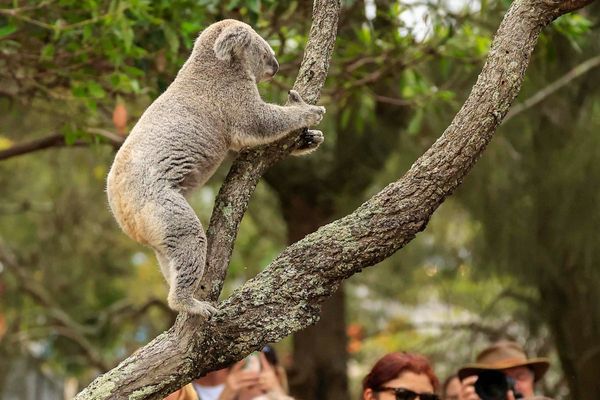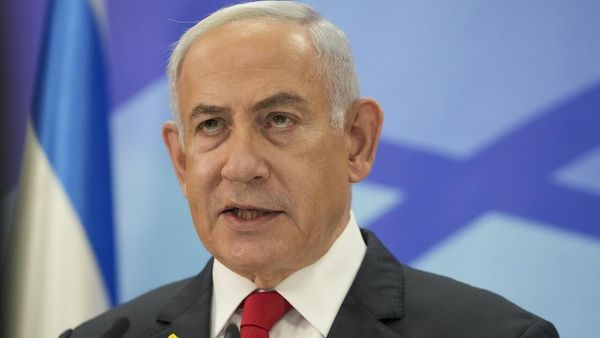
Coltan linked to conflict in the eastern Democratic Republic of Congo has likely entered the European Union market through international commodities trader Traxys, a Global Witness investigation has revealed.
The report found that Traxys, a multibillion-dollar company based in Luxembourg, bought at least 280 tonnes of coltan from Rwanda in 2024, with evidence suggesting a significant proportion is connected to the war in eastern DRC.
The report is based on customs data and testimony from two smugglers and sources in government, civil society and the mining sector.
The main mines exploiting coltan in the Great Lakes region of central Africa are found in the Rubaya area of eastern DRC.
In February, Rwandan-backed armed group M23 conquered the region, occupying Goma in North Kivu, the largest city in eastern DRC, and Bukavu, a city of more than 1 million and the capital of South Kivu province, just weeks later.
DRC: South Kivu governor confirms Congo's M23 rebels are in Bukavu city
Illegal trade
“Our investigation strongly suggests that conflict coltan from the DRC smuggled to Rwanda has entered the EU," Alex Kopp, senior campaigner at Global Witness, said in a statement shared with RFI.
"It seems that the EU has not been able to put effective safeguards in place and should immediately rescind its raw materials partnership with Rwanda," he added.
The report shows that Traxys was almost the only buyer of coltan sold by Rwandan minerals exporter African Panther Resources Limited, according to customs data seen by Global Witness.
Two traders who illegally bring coltan from Rubaya in the DRC over the border to Rwanda told Global Witness that African Panther has bought smuggled coltan from Rwanda. One trader also said M23 demanded a tax of 15 percent of the selling price.
Paris prosecutor dismisses case against Apple over DRC conflict minerals
The report confirms that Traxys indeed increased its purchase of coltan from Rwanda in 2023, and became one of the biggest buyers of the mineral from Rwanda in 2024.
“As major donors, the EU and its member states have considerable clout over Rwanda," Kopp added. "The EU’s values and principles command it to freeze development assistance to Rwanda until Rwanda withdraws its troops from DRC and stops all support to M23.”
Coltan connected to conflict
A metal derived from coltan known as tantalum is used in manufacturing electronic devices such as mobile phones, personal computers and automotive parts, including those for electric vehicles key to the energy transition. One mobile phone contains 40 milligrams of tantalum on average.
UN reports have already shown that the M23 rebel group is to a significant degree financed by the exploitation and export of coltan in the Rubaya area, which is smuggled to Rwanda in large volumes.
Global Witness reports show that M23 has continued to profit from coltan mined in Rubaya by controlling a major transport route and by taking control of the area’s mines, which produce around 15 percent of the world’s tantalum.
Rebels tighten grip on Congo mineral wealth as UN warns of long-term control
According to UN experts, at the end of 2023 it was clear that conflict coltan from the Masisi area was also regularly smuggled to Rwanda and laundered into supply chains. They say the ore trade has provided M23 a revenue of an estimated $800,000 per month.
At the end of 2023, European Commission President Uusula von der Leyen discussed critical raw materials with Rwanda’s President Paul Kagame, leading to a strategic partnership signed in February 2024.
This partnership was intended to allow the EU better access to raw materials from Rwanda, including coltan and tantalum, which the EU defines as critical raw materials.
This latest Global Witness investigation indicates, however, that the EU has not developed sufficient safeguards to stop conflict minerals from entering its territory.
In response to the investigation, Traxys has denied that its coltan originates from Rubaya and helps fund M23, citing a number of due diligence measures including mine visits, plausibility checks and the use of traceability systems.
African Panther has also denied the presence of smuggled coltan from Rubaya in its supply chain.







